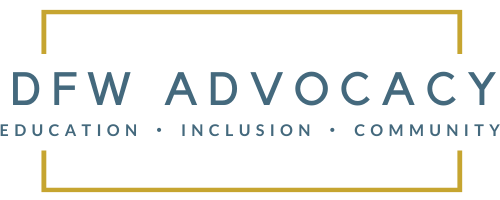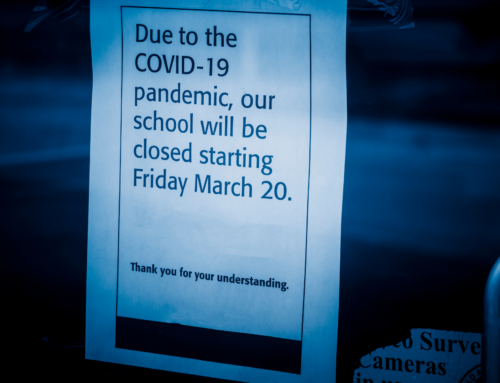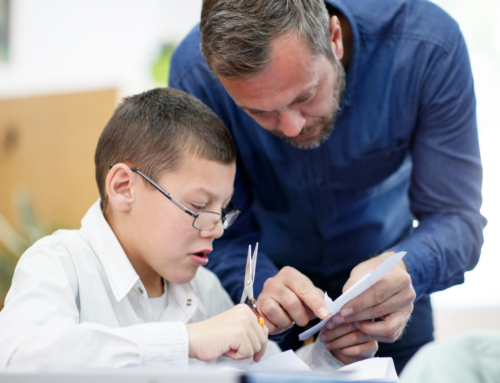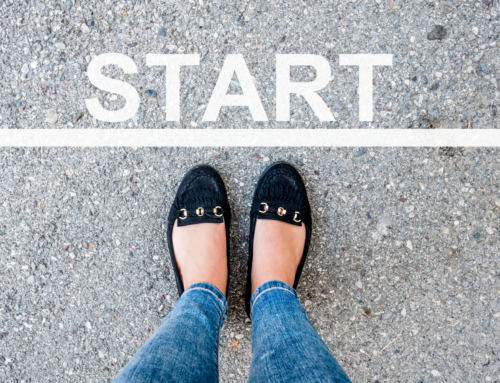Organize your paperwork so it can be a power tool.
When your child has a disability there are a lot of papers and schedules that come with it. With a few supplies you can tame the paper monster and create a tool to help you in the future.
The supplies you need include, a binder, dividers, a pencil pouch, hole punch or sheet protectors and a printer. I am going to be putting out my binder supplies for purchase soon, but in the meantime you can do it on your own.
I like to keep it simple.
First, gather together all of the files.
If you are anything like I was this may take a minute. You are going to want all of your child’s evaluations and consents to evaluate, you want all medical diagnosis forms, all medication forms, all psychological evaluations. You will need to locate emails, and notes sent home. (Emails can be digitally organized if you prefer) Locate the most recent IEP, or IFSP is you have them. Collect evaluations from private physical therapy, occupational therapy, speech, vision, ect. In most cases you will not need to gather all the insurance information, but everything else gather it up including a recent picture.
Second, sort it all out.
One pile for evals, one pile for diagnoses, one pile for communications, sample work and report cards and behavior plans. Sort them all in date order with the newest being on the top. Some people prefer newest on the bottom but I find it easier to add new documents to the front of the binder.
Third, add it to the binder.
Once you have your piles put out put them together in the binder with dividers. I like dividers for sections. Some people prefer by month. But having four children it is difficult for me to remember who had what when so I prefer by type.
I like to keep my vision page at the front of the binder or in the front cover so I can have a good reminder about who and what this is all about and where we are trying to go. I also keep all important phone numbers and email addresses in the front of the binder so I can easily access them.
Fourth, the communication log.
I prefer to keep my communication log and calendar in a separate folder that I can add to the binder later. My binders can get very large and I don’t always want to haul it out and open it up every time I make a phone call or send an email. But I do want to track the information so I keep my log in a whole punched folder with my calendar of when I need to follow-up in the front.
If going through all of the paperwork seems overwhelming, we can do it together or I can get you started. It allows you to have everything you need at your finger tips at a moments notice and helps give a better picture of the situation than a stack of papers on a desk.
About Us
DFW Advocacy supports and empowers families at home through Family Services and in the classroom through Special Education Advocacy.
